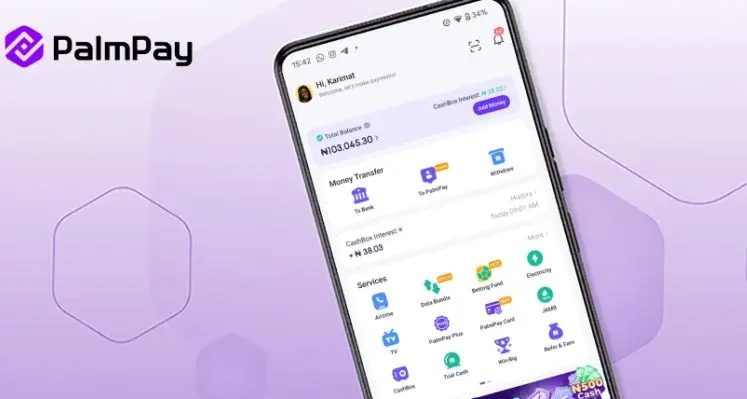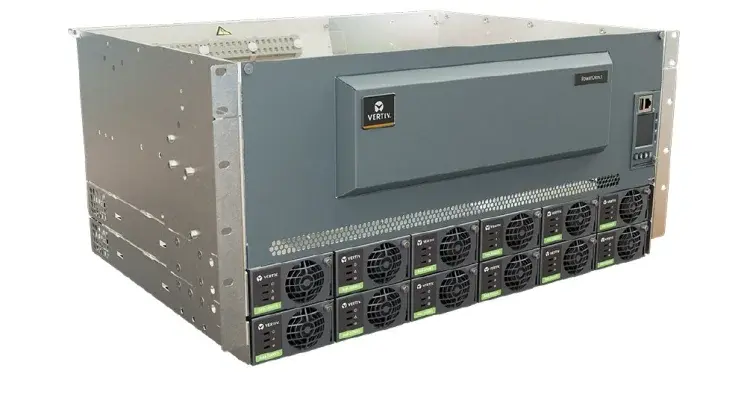Credence ID, a specialist in mobile biometrics and credential reading technology, has announced its selection as the winner of a competitive healthcare project to be deployed across the West African nation of Senegal
The project validates the identity of patients receiving healthcare in order to reduce fraud and improve medical outcomes by using biometrics and digital credential as the basis for effective medical record keeping. In particular, access to prenatal, neonatal and COVID-19 related health services is significantly improved for the informal sector in clinics across the country.
Credence ID Mobile Biometric Tablets (CredenceTAB) and Fixed Workstations are used to confirm the identity of the patient and are fully integrated with the national health database to provide a seamless workflow between the front-end service provider and the back-end record generation.
The system uses the Credence Enrollment, Identification and Verification software (VIBE), on both mobile devices and desktops. Furthermore, VIBE is enhanced by native integration with the Credence Mobile Device Management System (MDM), CredenceCONNECT.
This combination of on-device software and SaaS offering enables Senegal’s Ministry of Health to track, analyse and map all ID equipment deployed, monitor the operation of each device, wirelessly update applications, SDKs and algorithms, and lock devices to specific applications, all using an intuitive and secure browser interface.
Bruce Hanson, president and CEO at Credence ID, said, “Getting patient identity right, especially now, is where the power of mobile biometrics can make a huge difference in healthcare outcomes. The combination of our certified ID hardware and software solutions, superior customer support and affordability for emerging markets are what set Credence ID apart.”
The CredenceCONNECT Mobile Identity Management Platform tracks non-personal metadata about events such as patient registration, identification and verification and processes these large data sets of activities so that transactions can be mapped, analysed and managed from any web browser.
Interactive maps allow administrators to see both where the devices are physically located and where they are within user-defined timeframes. Selecting a device on a map gives administrators the full view of the device, including what software and version are running, how many enrollments, checks, and card reads have been executed, battery health, and many other important metrics.#






















